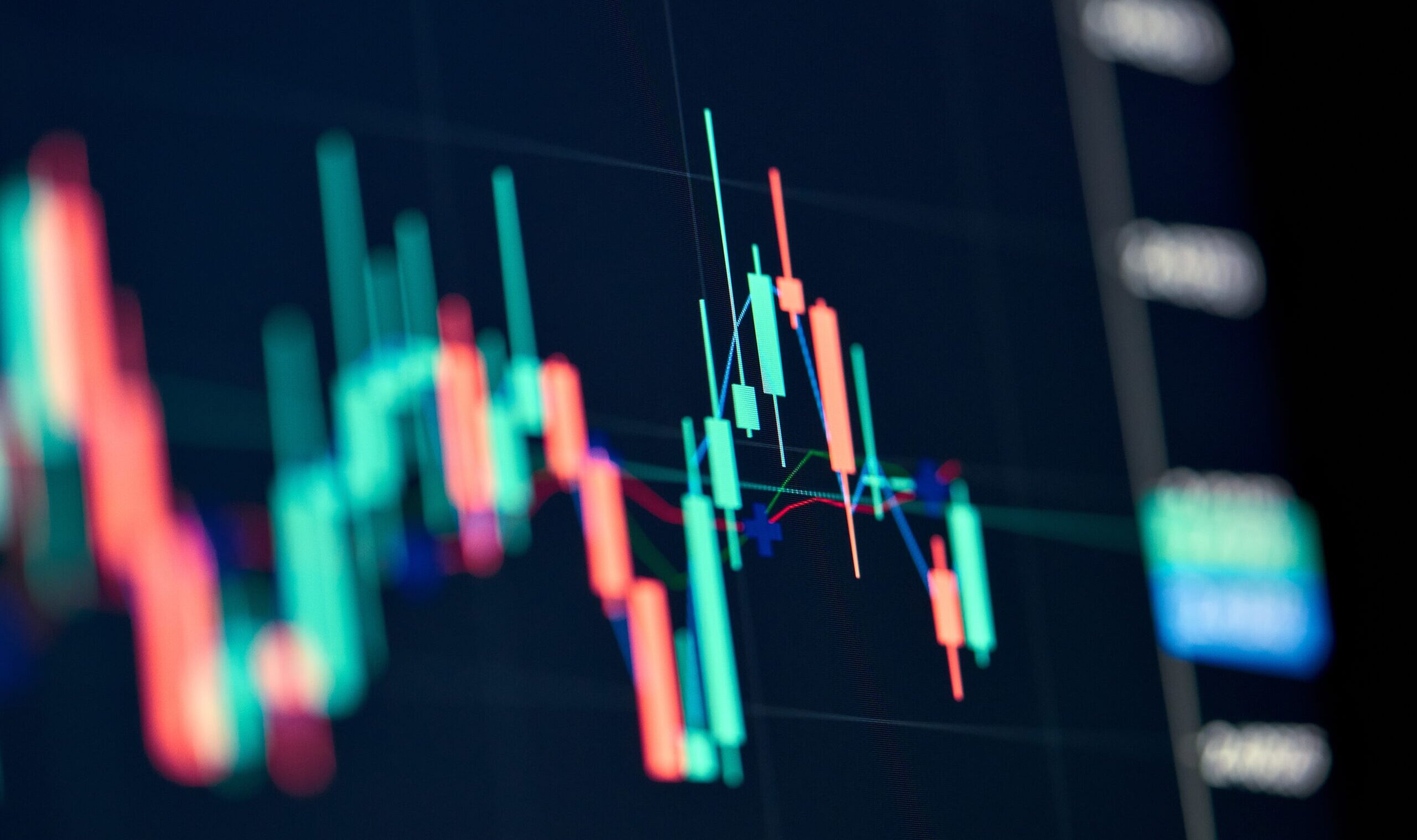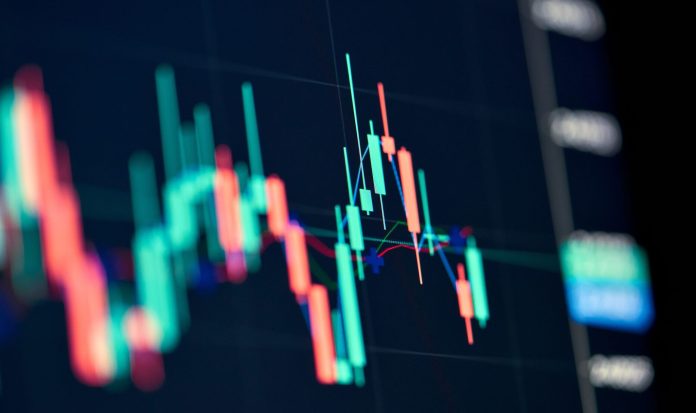
With about two weeks to go until Election Day, the prevailing feeling among Democratic strategists seems to be one of growing concern—and for good reason. The Democratic nominee, who has raised an unprecedented sum of $1 billion in three months’ time, has not been able to capitalize on the fact that she is facing an extremely polarizing opponent whom she handily bested in the only presidential debate of this most regrettable of election cycles.
Part of the problem might be that Democrats seem intent on repeating the mistakes they made in 2016 when they fielded another wildly unpopular yet eminently qualified female candidate against Trump. This time around, however, January 6 has assumed the role that Russiagate played in Democratic messaging during the 2016 campaign—and the result may be similar.
The emphasis the Harris campaign has placed on J6 and threats to “our democracy” and reproductive rights, could put Harris over the top in suburban Pennsylvania and make up for some of the losses she will surely sustain in Michigan where Arab- and Palestinian-Americans may go for Trump or sit this one out.
Yet recent economic indicators point to a souring mood among the electorate—bad news for Harris. A recent Bloomberg News/Morning Consult survey shows that voters in swing states see the economy as the most important issue—and by a wide margin. A poll of 6,165 registered voters conducted in late September shows that 39 percent of those surveyed say the economy is the top issue, followed by immigration (13 percent), abortion (11 percent), and democracy (10 percent).
Several factors likely are at play here. In the time between 2016 and today, the median price of a single family home nearly doubled, from $241,000 to $422,100. The Federal Reserve’s hawkish interest rate policy under Chair Jerome Powell has added to homeowners’ discontent, with Bloomberg reporting that the monthly mortgage payments on a median-priced house have nearly “doubled from 14 percent of median income in 2016 to 26 percent this year.”
And then there are the consumer sentiment numbers. On October 11, the University of Michigan released the results of its monthly “Survey of Consumers,” which tracks consumer sentiment, the view of current economic conditions, and consumer expectations. All three indices recorded declines in sentiment from those of the prior two months. Survey director Joanne Hsu noted in a statement that, while inflation expectations have eased over the past two years, “consumers continue to express frustration over high prices.”
Longer-term trends also point to growing disquiet among working and middle class voters. The Democratic donor base and the political class that feeds off of it might be surprised to learn that the country they have led for 12 of the last 16 years has a Gini coefficient (a measure of income inequality) on par with El Salvador and greater than that of China and Russia.
Inextricably tied to measures of inequality is the growing gap in the mortality rate between college-educated and non-college-educated Americans. The Nobel Prize winning economist Angus Deaton has observed that “the U.S. appears to be the only Western country where life expectancies are trending in different directions” for those with and without college degrees. Exit polls showed that in 2020 Trump won fully two-thirds of the white voters without a college degree.
Meanwhile, rates of intergenerational mobility have collapsed in recent decades—regardless of whether or not one has a degree. A 2021 study by the Washington Center for Equitable Growth showed that
Subscribe Today
Get daily emails in your inbox
in the United States, the rate of upward absolute income mobility—the fraction of children who grow up to earn more than their parents, after adjusting for inflation—declined substantially over the past 50 years. More than 90 percent of U.S. children born in 1940 had higher real incomes at age 30 than their parents did, but only about 50 percent of children born in 1980 can say the same.
Indeed, multiple studies have shown that over the past 30 years, beginning with the neoliberal, anti-labor policies put in place under Bill Clinton, the U.S. has developed (or, more accurately, devolved) into a kind of Vulture Economy, whereby those in control of the economy’s commanding heights have resolved, using every means at their disposal, to pick clean the bones of everyday Americans all the while telling them that they’ve never had it so good.
Yet as we have seen, the data show that voters know that this isn’t the case. The question now is which candidate will take the blame on November 5.


